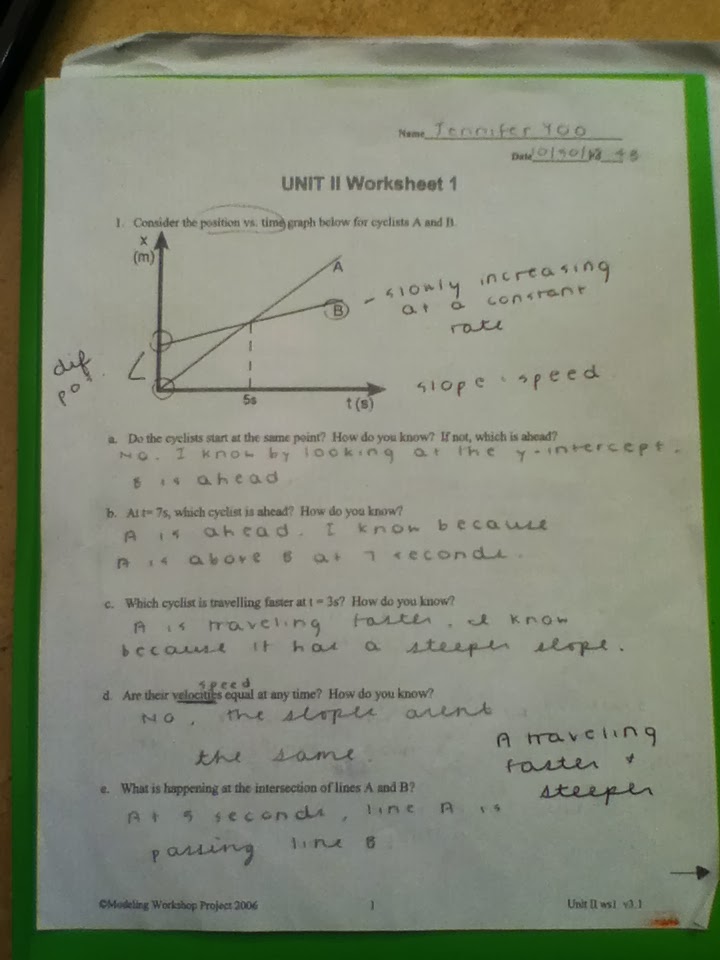To begin with, a force diagram helps you select relevant forces and represent them with vector notations. There are 4 different types of forces, gravitational, normal, tension, and frictional. *Just a remind that we aren't allowed to use the word, "gravity" in class, so we use, "earth" instead.
 |
| Here is our scenario. This was the very first one we went over in class together. |
The dot drawn on the paper represents the bird, or the object. Now, let's talk about the two subscripts that are indicated there. The small P is the "dealer," or the object that exerts the force, while the small B is known as the "feeler" of the force, or the object that experiences the force. The big F just stands for force in general. Moving on to the actual representation of the letters, the P stands for the perch and the B stands for the bird. As you can see above, the arrow is pointed up, indicating that the perch is holding the bird up and the arrow pointed downwards, represents that the earth (gravity) is pulling the bird down. The last thing I want to mention are about the two small dashes on the lines. They tell us that the lines are equal, or balanced forces. The bird is motionless and not moving, so they are equal. If they were unequal, or unbalanced forces, then one would have more force than the other, in which the lines would be not equal in length.
Reflections: The scenario given above was fairly simple in my opinion, however the more complex ones, are very confusing. After I finished drawing my diagram, I looked to see what other people had and they had something completely different than what I did. This topic is a lot harder than I thought and I don't like it that much because it frustrates me. Going to a totally different topic, I hope that we can quickly switch groups because I feel that I'm always isolated and along with that, they go too fast. I do try speaking at times, however it seems to me that they don't even consider what I say or even look at me, while talking. I guess I'll just ask my other friends to help me understand this concept. Finally, I do realize I don't talk at all during white board discussions. I'm just so scared to speak up because I feel that my questions are stupid and maybe, repetitive. I may seem comfortable at times, but really, I'm not to be honest.
I will upload another post on other complex scenarios of force diagrams, however you may have to wait a bit becuase I still haven't grasped the full concept very well. Wish me luck guys and I hoped this helped in a way!












